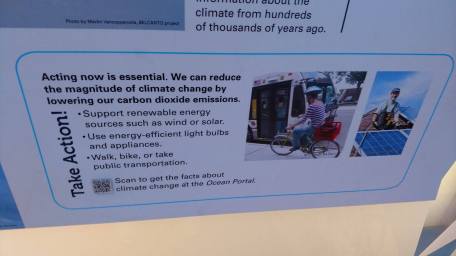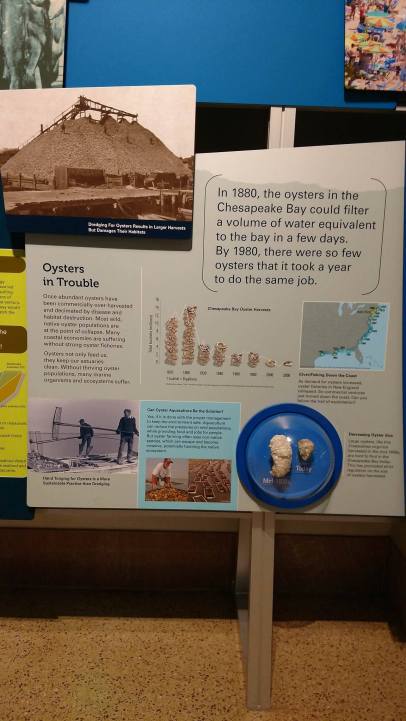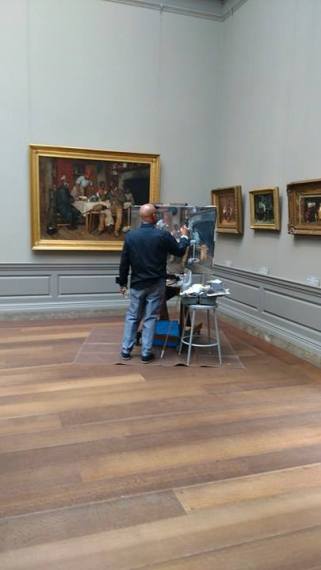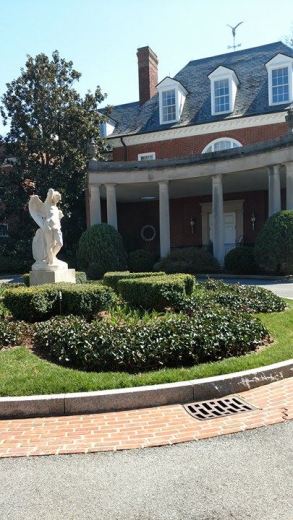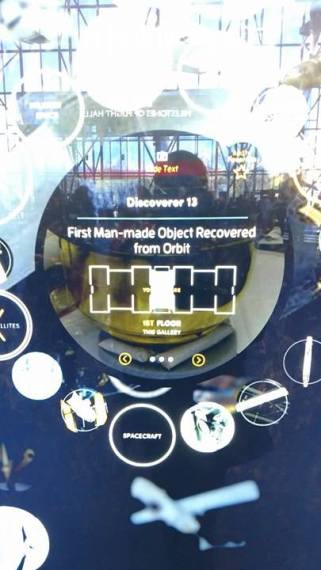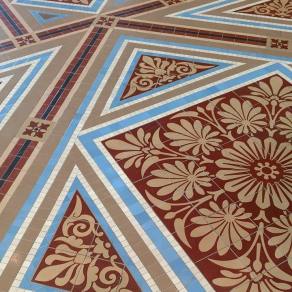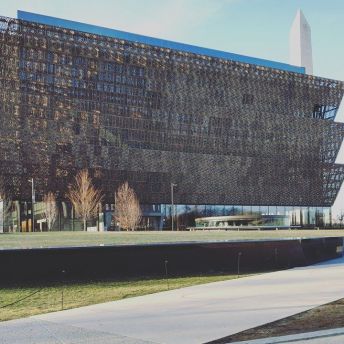Although this may be an unpopular opinion, I wasn’t quite blown away at the International Spy Museum. I thought that the museum prepared beautiful, colorful, and lively exhibitions but I couldn’t help but feel like I missed a certain depth in the information. The part where I felt like the museum did the best job with effective storytelling was the James Bond exhibit, “Exquisitely Evil: Fifty Years of James Bond Villains.”
The exhibition had quite a bit of depth: long videos to help introduce the cast of characters, some great text panels, and tons of objects that were used in the actual films. I particularly enjoyed seeing the teeth that Jaws wore in several of the Bond films.

Villain Jaws’ teeth from the Bond movies
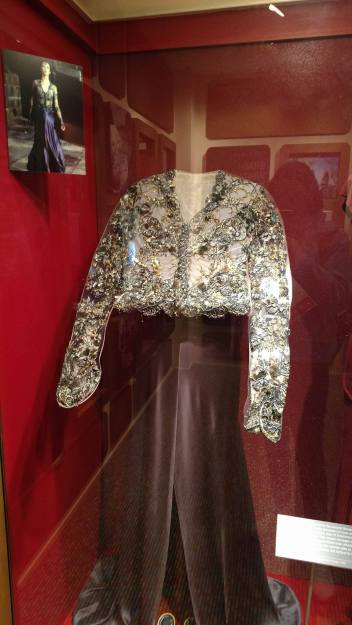
Dress worn by female villain, Elektra King
It was very disappointing to hear that this exhibit would not return to the new building. I understood, of course, since the museum actually didn’t own any of these objects. Perhaps that is where some of the issues lie for the Spy Museum. The museum was littered with great, short and interesting stories. However, as a visitor, I felt I missed out on the context and often yearned for collection objects to correspond to such stories.
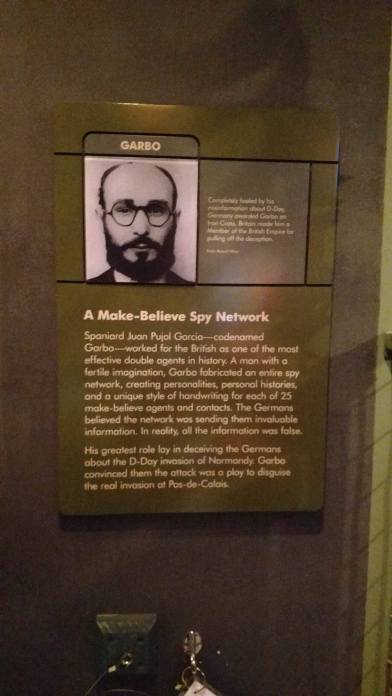
Story of Garbo at the Spy Museum
One such example was the story featured above in the photograph. I had never heard of a man that fabricated an entire spy network to fool the Germans. I thought that this was such an interesting and unique story, but beyond the photograph on the panel, the museum didn’t provide much else. The museum set up the scene for great stories, but didn’t actually follow through with them. It was also overwhelming to jump from story to story within the same gallery.
It was refreshing to hear from the staff that they are aware of this problem and are intending to deepen the visitor experience in the new museum building.





